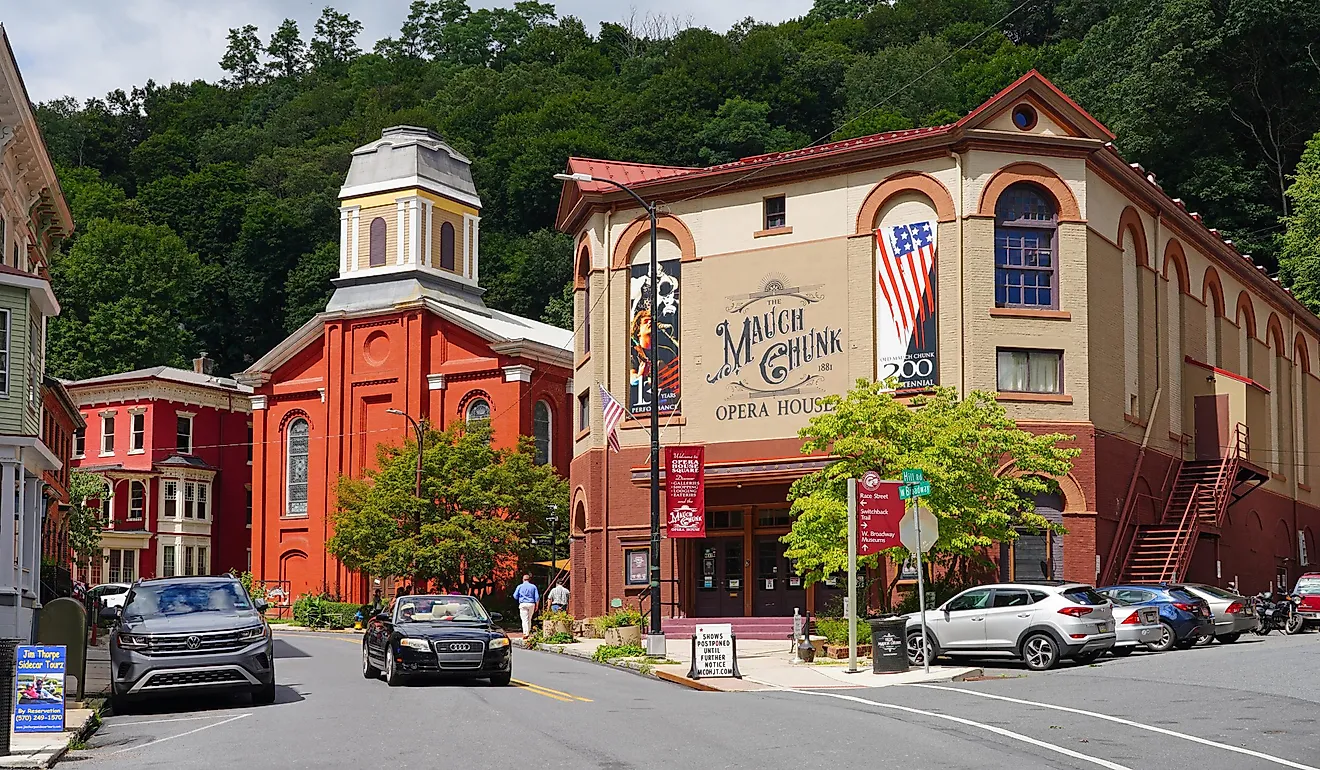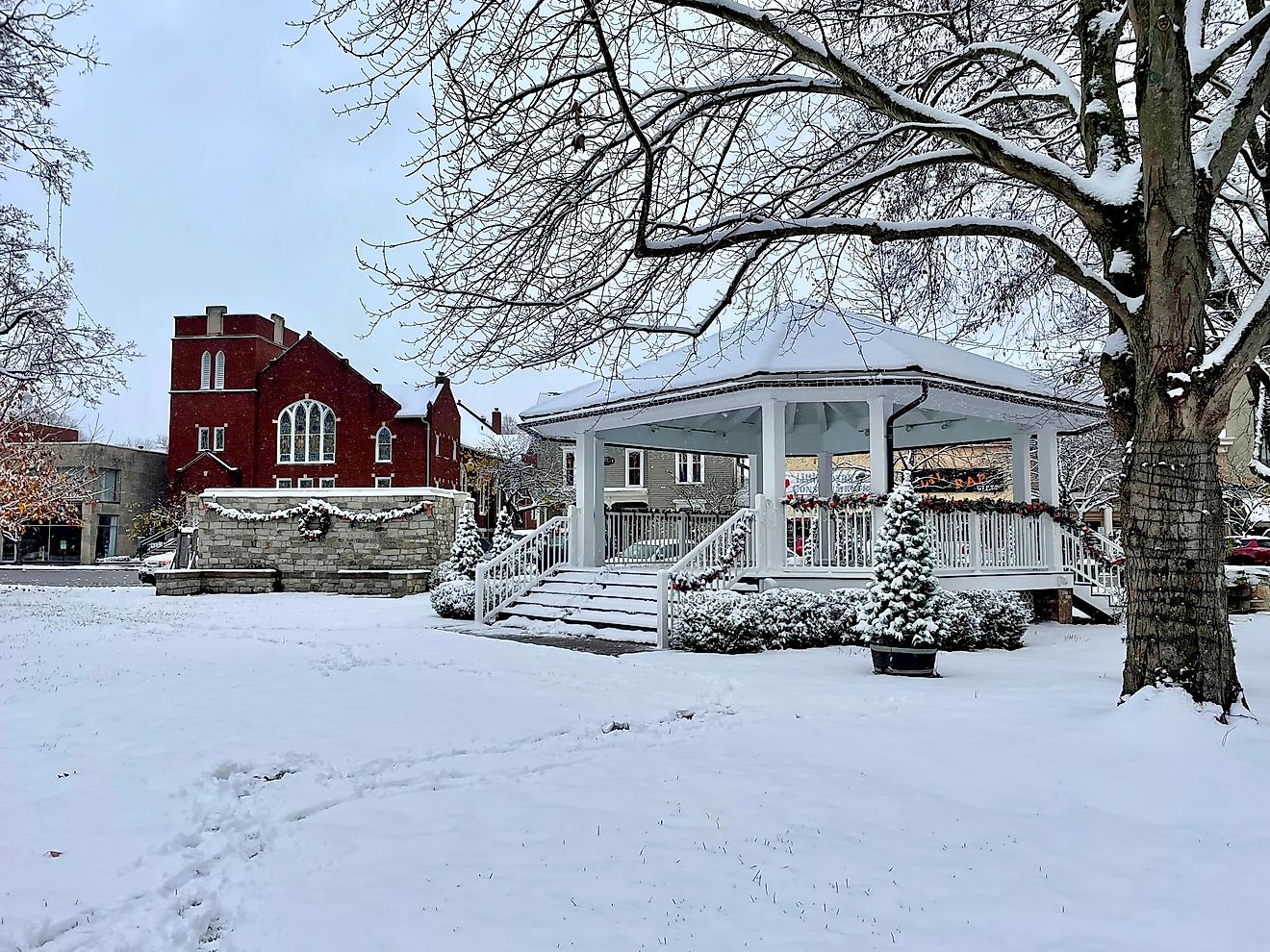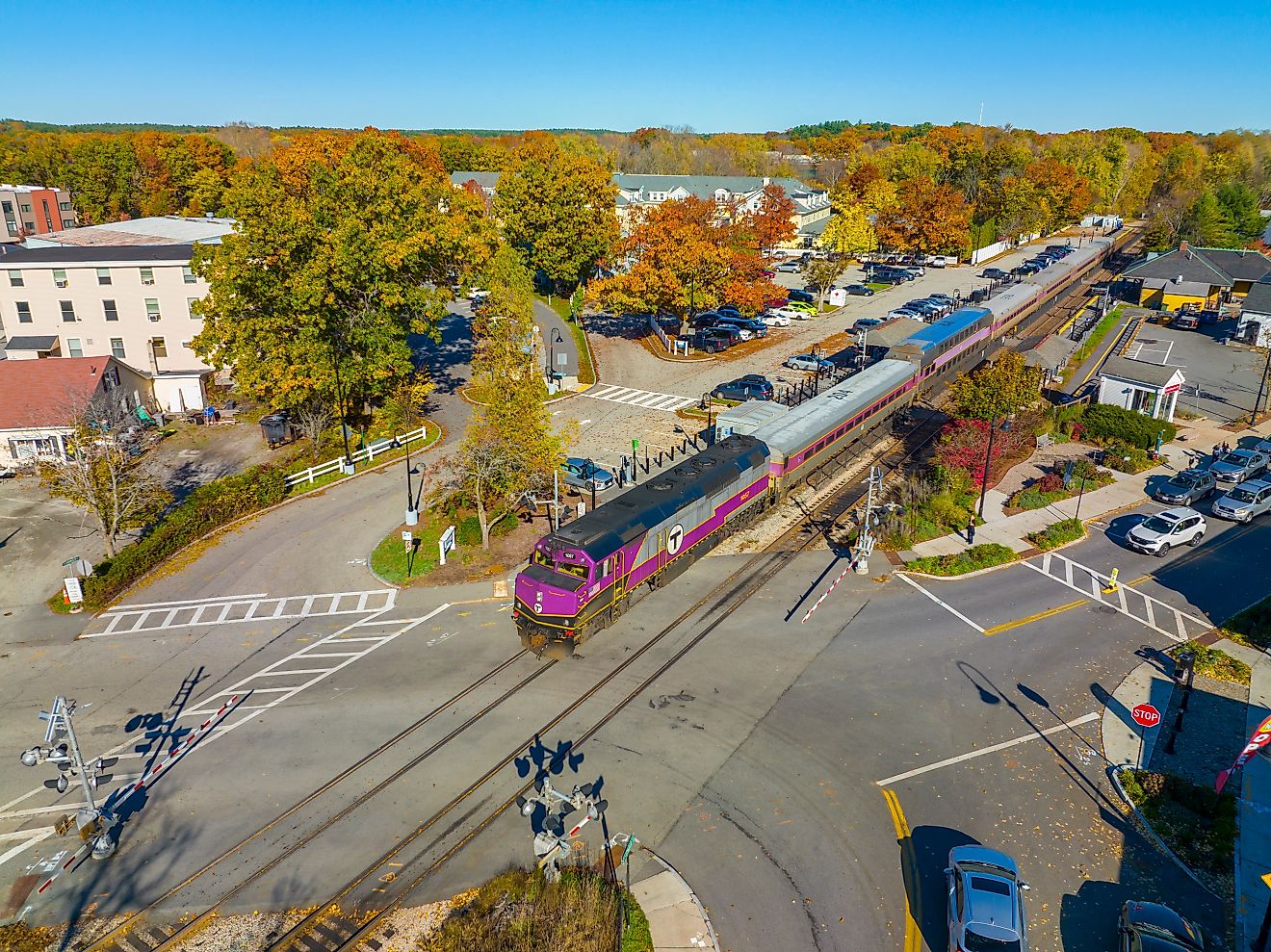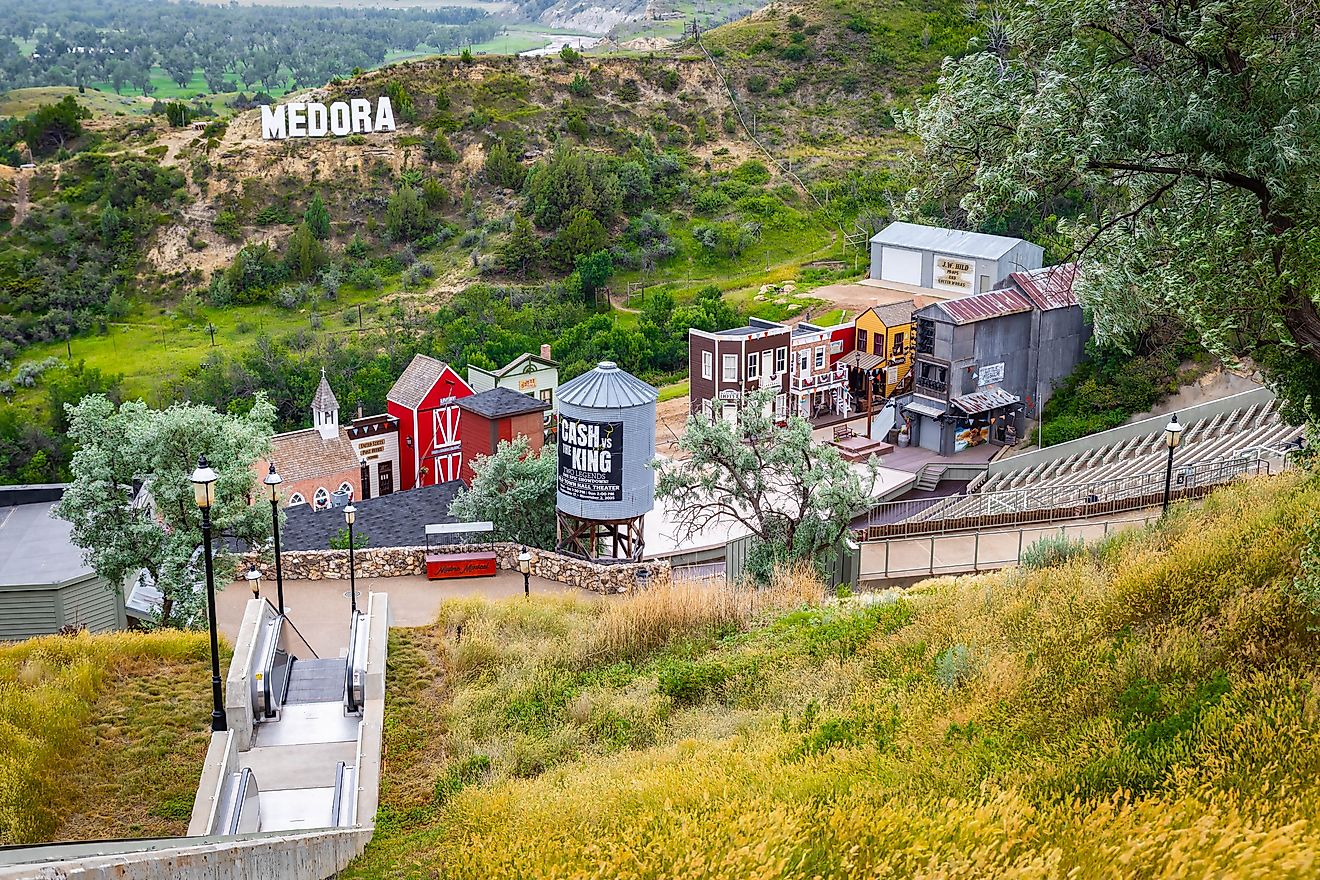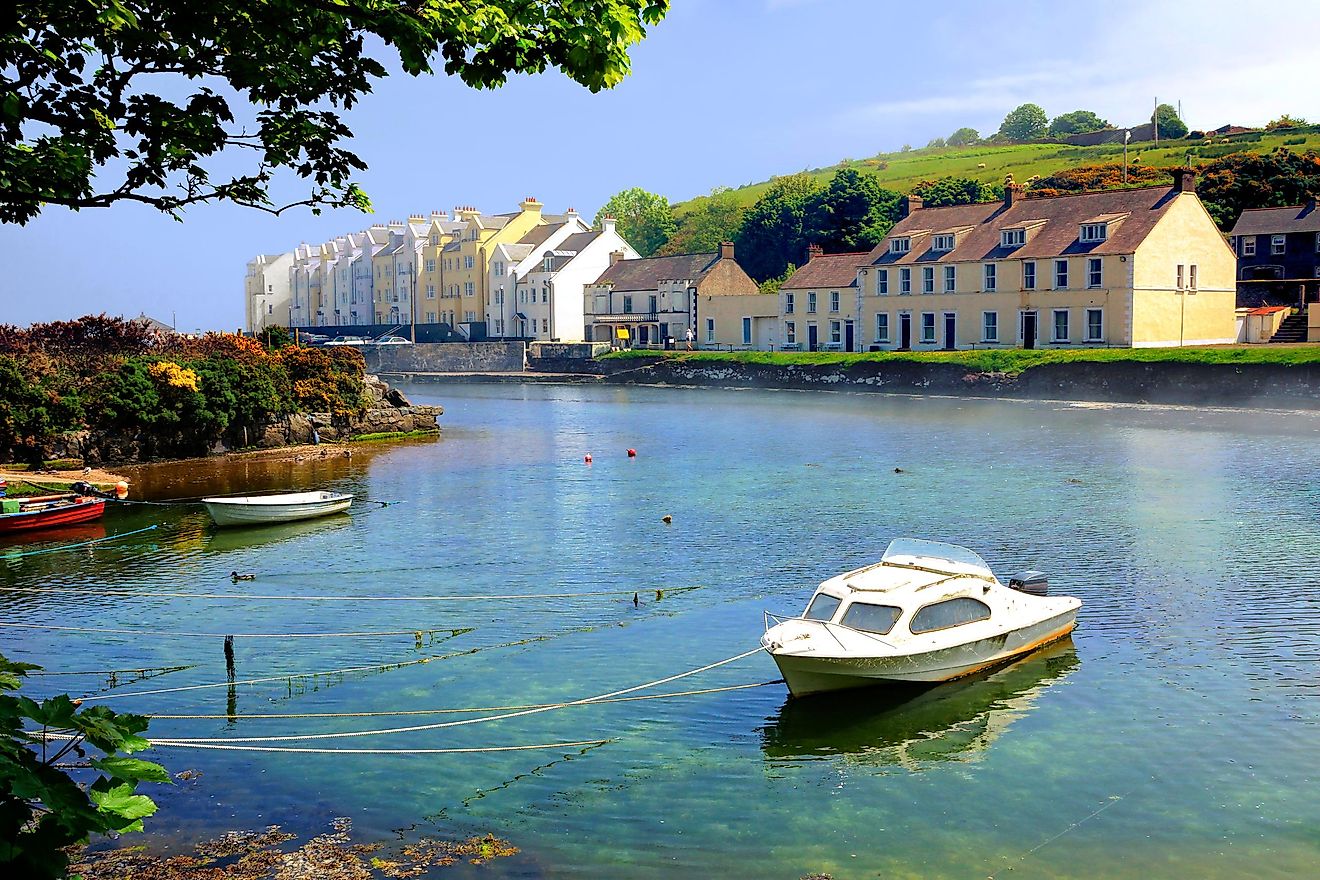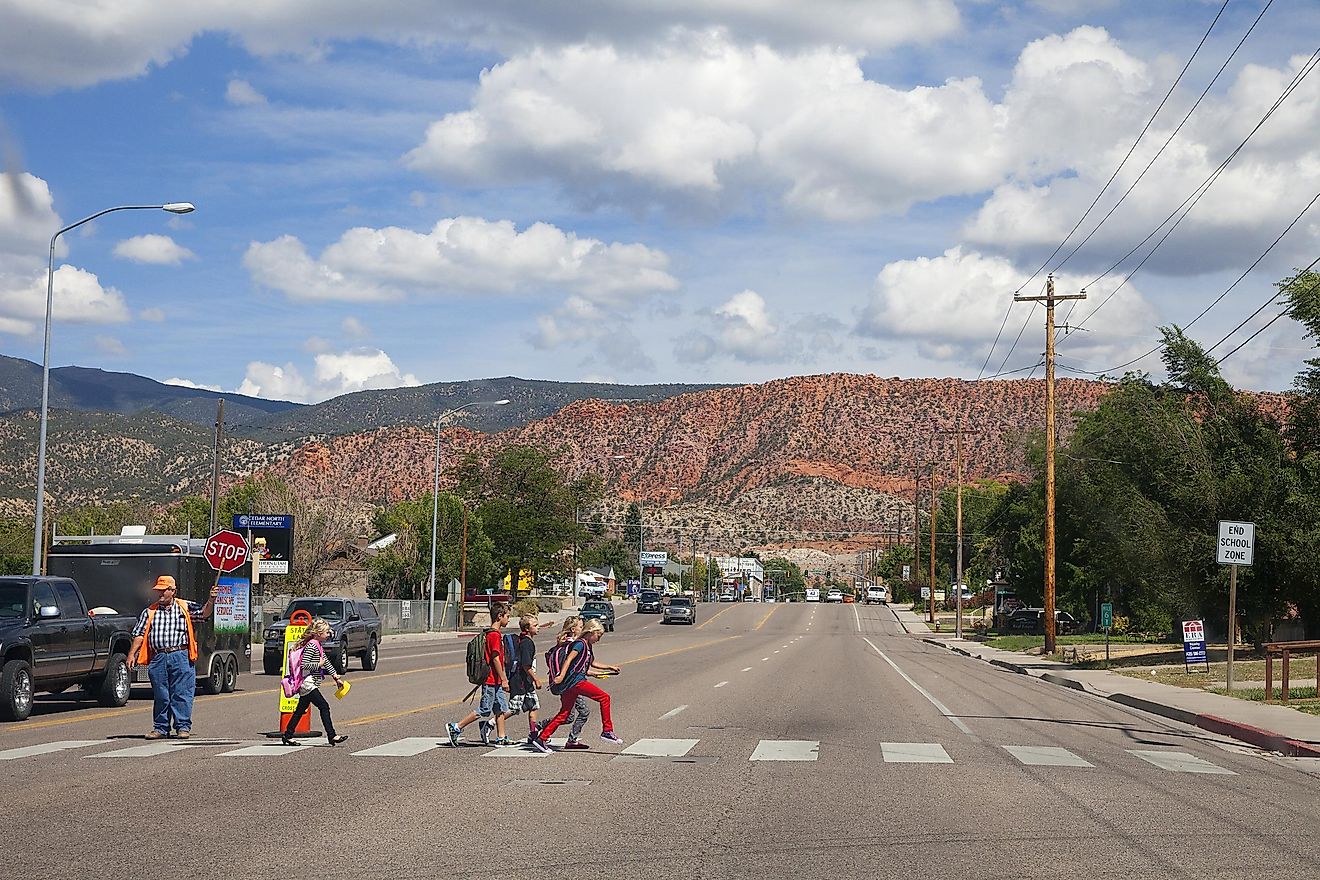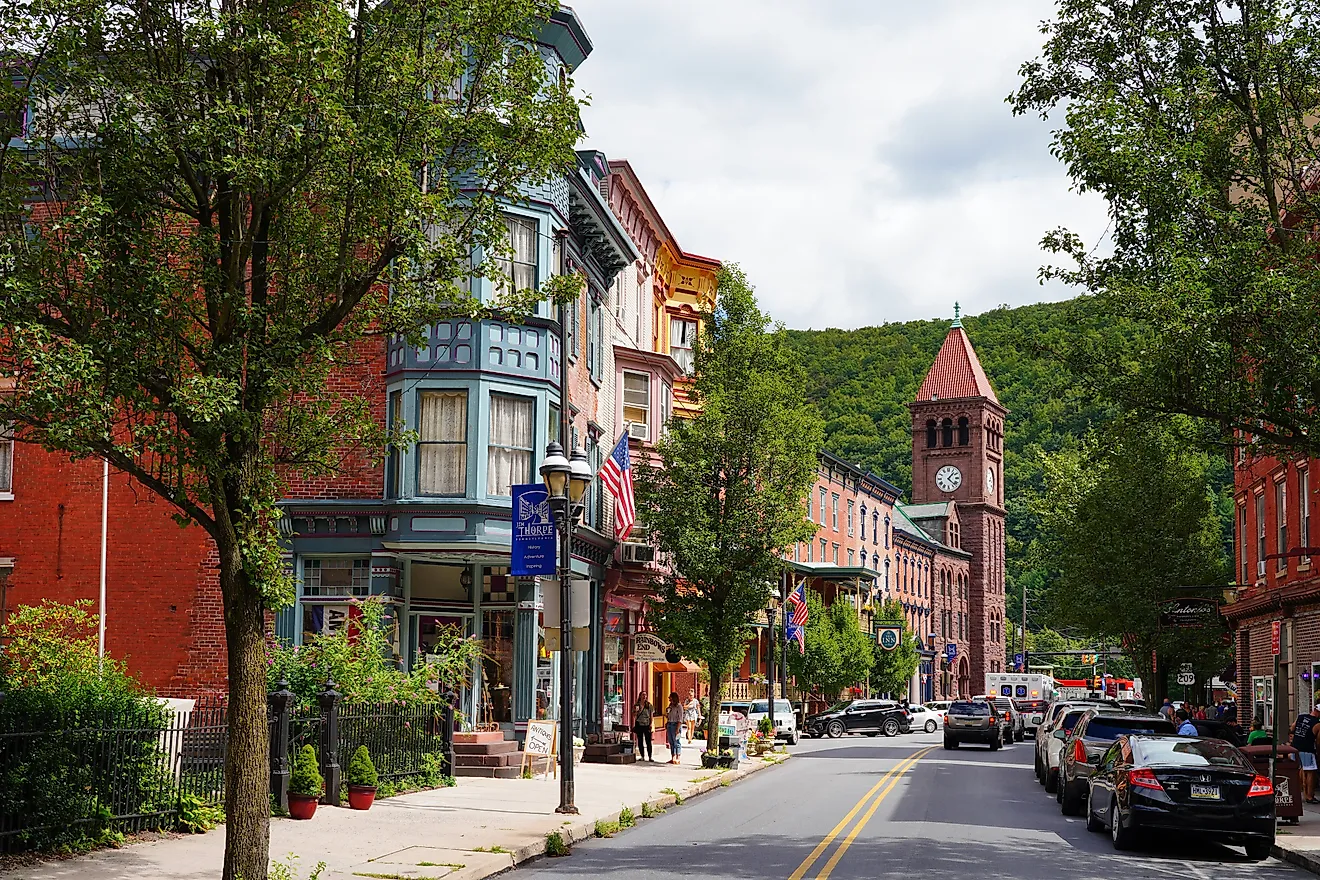
9 Safest Small Communities To Settle In Illinois
There’s a version of Illinois you’ll never see in the headlines. It lives between cornfields and commuter lines, in villages where the police blotter is more likely to mention a loose Labrador than a late-night siren. On a map of crime statistics, they are the quiet margins, places where aggravated assault and homicide are statistical outliers.
This guide looks at nine of those small communities where safety is a daily reality backed by numbers. Each town on this list has a stable or growing population, and violent-crime rates that hover at or below both Illinois and U.S. averages, year after year. Together, they form an alternate tour of the state: from lakefront subdivisions to rail-line suburbs and semi-rural pockets that never fully surrendered their farm roots.
Campton Hills
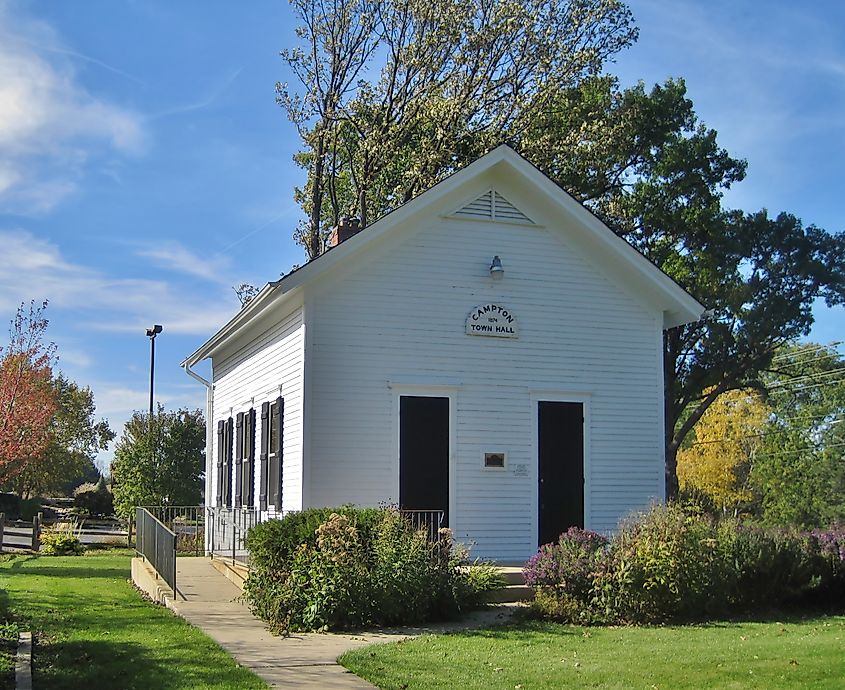
Campton Hills is one of Illinois’ youngest villages, incorporated in 2007, but its identity is deeply rooted in conservation and quiet residential living. With no commercial strip and no major throughways, it was formed deliberately to preserve open space and limit dense development. More than 60% of the village remains undeveloped, and its zoning laws restrict commercial expansion, reinforcing a tight-knit, rural-suburban character. Crime here is almost nonexistent. Across multiple recent years, Campton Hills reported zero homicides and aggravated assaults. FBI data confirms its violent crime rate ranks among the very lowest in the state and the country.
The Garfield Farm Museum anchors the town’s historical presence with a preserved 1840s farmstead offering live heritage breed demonstrations. The adjacent Prairie Burn concert series draws small crowds each fall. For outdoor activity, Campton Forest Preserve offers 300 acres of savanna and oak woodland with multi-use trails popular with cyclists and riders. The Settler’s Hill Bike Trail is also within reach for more seasoned riders. A small number of independent businesses operate just outside the village boundaries, among them, Old Towne Pub and Eatery in Wasco serves as the nearest full-service dining option, while Luau Coffee roasts on-site and caters to the village’s minimal commuter traffic.
Pingree Grove
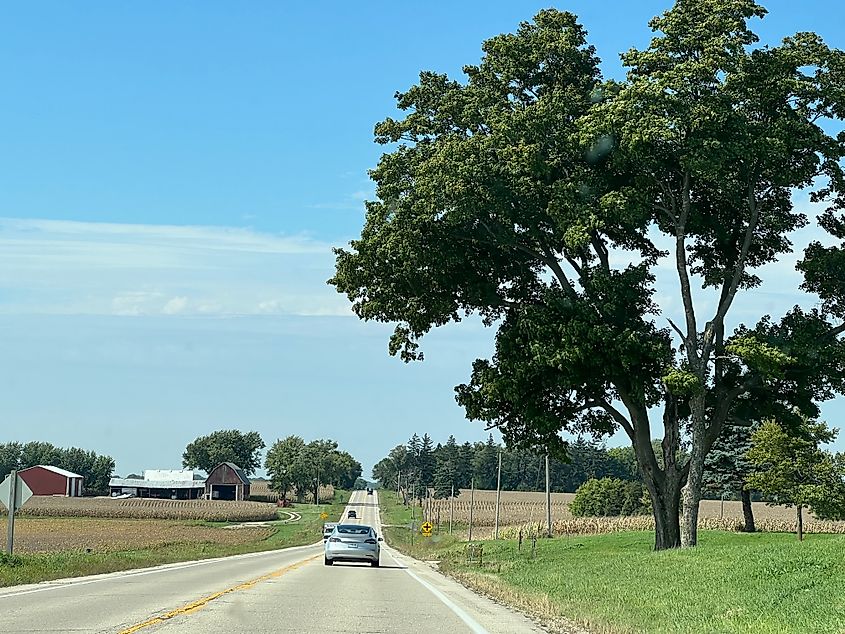
Pingree Grove was once little more than a railroad stop on the Chicago and North Western line. Today, it’s one of the fastest-growing small towns in northern Illinois, shaped almost entirely in the last two decades. Its population has increased tenfold since 2000, yet its crime rate has remained remarkably low. Over a five-year span, violent crime in Pingree Grove consistently tracks well below both state and national averages. Aggravated assaults are rare. Homicides are non-existent. The village’s tight planning and dedicated police department contribute directly to its security profile.
The Pingree Grove Forest Preserve spans over 300 acres and offers access to wet prairie trails, equestrian routes, and restored savanna. A few blocks from the preserve, Milk House Ice Cream sells small-batch flavors from a converted red barn. The municipal campus hosts Touch-A-Truck Day and food truck Fridays in summer, drawing families from neighboring communities. Many residents now satisfy their dessert cravings at The Milk House Ice Cream on Reinking Road, which pairs its homemade ice cream with take-home pies and ice-cream cakes made on site. The nearest full-service bar and grill is Pub 72 on Higgins Road in neighboring Gilberts, which draws steady traffic from Pingree Grove commuters and retirees alike.
Hawthorn Woods

Hawthorn Woods is one of the few municipalities in Lake County with no commercial zoning in its core. It was designed to be entirely residential, built around forest edges, golf greens, and wetland buffers. The village controls nearly every aspect of its land use through restrictive covenants and homeowner agreements. As a result, violent crime is practically absent. Across multiple reporting years, no aggravated assaults or homicides have been recorded. It ranks annually among Illinois’ safest places, with a violent crime rate near statistical zero.
The Hawthorn Woods Country Club is the town’s central gathering point, featuring an Arnold Palmer-designed course, swim center, and grill room open to members and their guests. Heritage Oaks Park includes walking paths, basketball courts, and a small amphitheater used for the summer concert series. The village also manages a community barn on Old McHenry Road that hosts indoor markets, yoga classes, and Halloween events. For dining, residents rely on nearby Kildeer and Lake Zurich, with Stompin’ Grounds Cafe in Lake Zurich serving espresso and sandwiches six days a week in a small, café-style space.
Brookfield

Brookfield developed around the nation’s first modern zoo powered by electric trains. Though part of suburban Cook County, the town has maintained its own police force and municipal services for over a century, resulting in consistently lower crime rates than its neighbors. Over the past five years, Brookfield has recorded violent crime rates well below state and national averages, with aggravated assaults remaining infrequent and no homicides reported in several consecutive years. Residential zones sit apart from commercial traffic, and the village actively monitors public safety through community policing and business watch programs.
Brookfield Zoo covers 216 acres and operates year-round, housing nearly 3,000 animals with rotating exhibits and education centers. Eight Corners, the town’s original business district, now mixes services and restaurants, with neighborhood spots like Mary’s Morning Mix-Up anchoring the morning crowd. Kiwanis Park runs along Salt Creek and includes canoe access, baseball fields, and space for fall festivals. Mary’s Morning Mix-Up on Grand Boulevard serves breakfast from 5 a.m. daily and functions as a de facto meeting spot for village workers, retirees, and zoo staff. Metra’s BNSF line stops in downtown Brookfield, linking it to Chicago in 25 minutes without compromising the quiet, residential patterns that keep its crime rates among the lowest in Cook County.
Gilberts
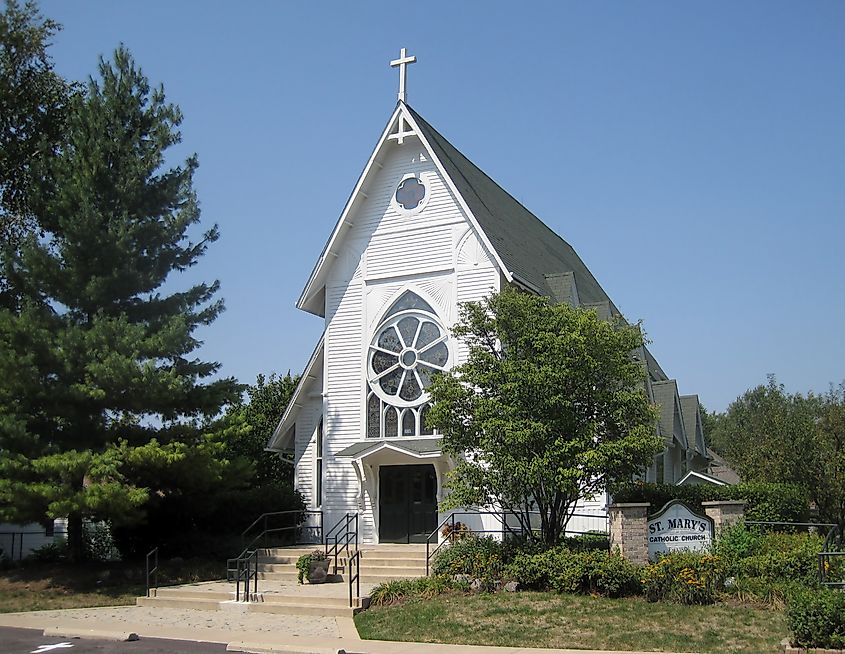
Gilberts occupies a narrow stretch of land between Route 72 and I-90 but has resisted the kind of commercial sprawl common in neighboring suburbs. Incorporated in 1890, it remained a farming village for over a century before suburban growth arrived. Despite new development, its population has stayed under 9,000. Crime rates remain among the lowest in northern Illinois. FBI data shows no homicides and fewer than five aggravated assaults reported across multiple years. Its local police department, operating under a hybrid community-policing model, reports one of the highest response rates per capita in Kane County.
Town Center Park sits behind village hall and hosts Gilberts Community Days each June, with rotating food trucks, fireworks, and live bands. The park also includes two fishing ponds and a boardwalk that connects to the Timber Trails neighborhood. Side Street Studio Arts, located in nearby Elgin but co-founded by a Gilberts resident, holds seasonal pop-up shows in Gilberts Square. Café Roma, a small counter-service spot off Randall Road in nearby Elgin, serves espresso and Italian-style sandwiches until mid-afternoon and supplies desserts to several area events. Freeman Kame Forest Preserve borders the western edge of town and includes 500 acres of restored prairie accessible by unpaved trails used for hiking and horseback riding.
Western Springs

Western Springs was built around a natural spring discovered in the 1800s and piped directly to homes by the village itself, a public utility model that still exists today. Its 112-foot stone water tower, once used for water storage and firefighting, is now listed on the National Register of Historic Places. The village has held its own police department since 1926 and maintains one of the lowest violent crime rates in suburban Cook County. Aggravated assaults are rarely reported, and no homicides have occurred in the past several years. Its grid of residential streets, lack of large commercial zones, and strong municipal oversight contribute directly to its safety.
The Western Springs Water Tower Museum operates out of the original tower and documents the village’s role in early Illinois water infrastructure. The Theatre of Western Springs offers year-round productions in a community-owned venue near the center of town. Kirschbaum’s Bakery on Burlington Avenue sells handmade cookies and cakes and has operated in the same location since 1953. Spring Rock Park spans 40 acres and includes a skate spot, clay tennis courts, and outdoor concerts each July. The Metra station, located beside the central green, provides daily rail service but sees little crime, even during evening hours.
Homer Glen
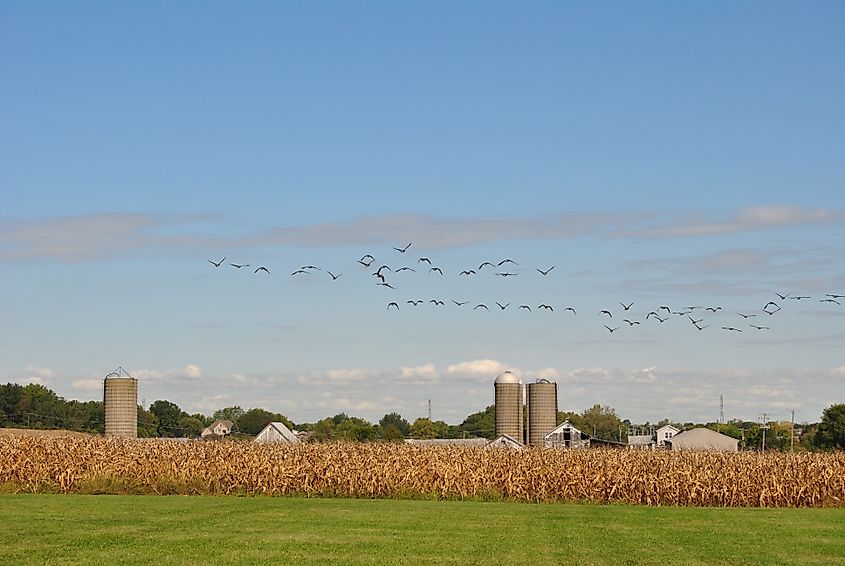
Homer Glen was incorporated in 2001 with a charter that prioritized environmental stewardship over commercial growth. It’s one of the few municipalities in Illinois designated as an official Tree City USA and Dark Sky Community. Its zoning map limits high-density housing, and many subdivisions back directly onto forest preserve land. Over the past five years, violent crime has remained nearly nonexistent. Annual police reports show aggravated assaults in the single digits and no reported homicides. Local enforcement operates through the Will County Sheriff’s Office under a dedicated community policing contract.
Messenger Marsh, operated by the Forest Preserve District of Will County, includes over 600 acres of savanna, wetlands, and a dog park, with access to the Spring Creek Greenway Trail. Heritage Park, adjacent to village hall, offers sports fields, a bandshell, and year-round programming like HomerFest and Winter on the Green. Konow’s Corn Maze runs every fall with a multi-acre maze, hayrides, and a grain cart slide, drawing thousands from surrounding towns. For pageant gowns and prom dresses, many Homer Glen residents travel into the city to shop at Peaches Boutique on Archer Avenue in Chicago, which draws formalwear customers from across the southwest suburbs. For daily needs, Chesdan’s Pizzeria and Grille offers dine-in service and sponsors local sports teams.
Hinsdale

Hinsdale was designed as a commuter suburb on the Chicago, Burlington & Quincy line, but its housing stock evolved into one of the densest collections of pre-war architecture in DuPage County. Dozens of homes are listed on the National Register or are protected under local landmark status. The village has its own police and fire departments, strict permitting for business licenses, and a community safety record that consistently ranks in the top tier statewide. Over the last five years, Hinsdale has reported violent crime rates more than 80% below national averages, with no homicides and only isolated aggravated assaults.
Katherine Legge Memorial Park covers 52 acres and includes a disc golf course, platform tennis courts, and a lodge built in 1927 that now hosts civic events and weddings. Fuller House Bar & Grill, located near the train station, offers late service and sponsors the village’s downtown music nights. The Hinsdale History Museum operates out of an 1874 cottage and maintains a rotating exhibit calendar focused on domestic life. Café La Fortuna, on First Street, roasts its beans in-house and supplies espresso to local law offices and shop owners.
Lake in the Hills

Lake in the Hills began as a private lakefront resort in the 1920s before transitioning into a residential suburb. Its original subdivisions were built around man-made Woods Creek Lake, which still anchors the community’s layout. Annexations in the 1990s expanded the town westward, but it retains separate neighborhoods with distinct homeowner associations and strong local oversight. Violent crime remains rare. Over a five-year period, the village reported a violent crime rate roughly 70% below the national average. Aggravated assaults are uncommon. No homicides have been recorded in recent years.
Indian Trail Beach offers seasonal swimming, non-motorized boat launches, and resident-only access to Woods Creek Lake. Sunset Park includes an 18,000-square-foot skate facility, baseball fields, and a seasonal splash pad. The Exner Marsh Conservation Area sits along the eastern edge of town and provides elevated viewing platforms for migratory birds and sedge meadows. Residents often drive to Morkes Chocolates in nearby Huntley or Palatine for chocolate-making classes and holiday treats, even though the company no longer operates a shop on Algonquin Road. The village police department runs school outreach and neighborhood patrols under a community policing model.
Taken together, these nine communities sketch a quieter map of Illinois, one drawn in low crime reports, cul-de-sacs, and modest downtowns where names like Garfield Farm Museum, Brookfield Zoo, and Kirschbaum’s Bakery show up far more often than police tape. Whether anchored by forest preserves, commuter rails, or lakefront beaches, each town proves that safety here isn’t hypothetical, it’s measured in routine days, familiar faces, and nights when sirens stay silent.

